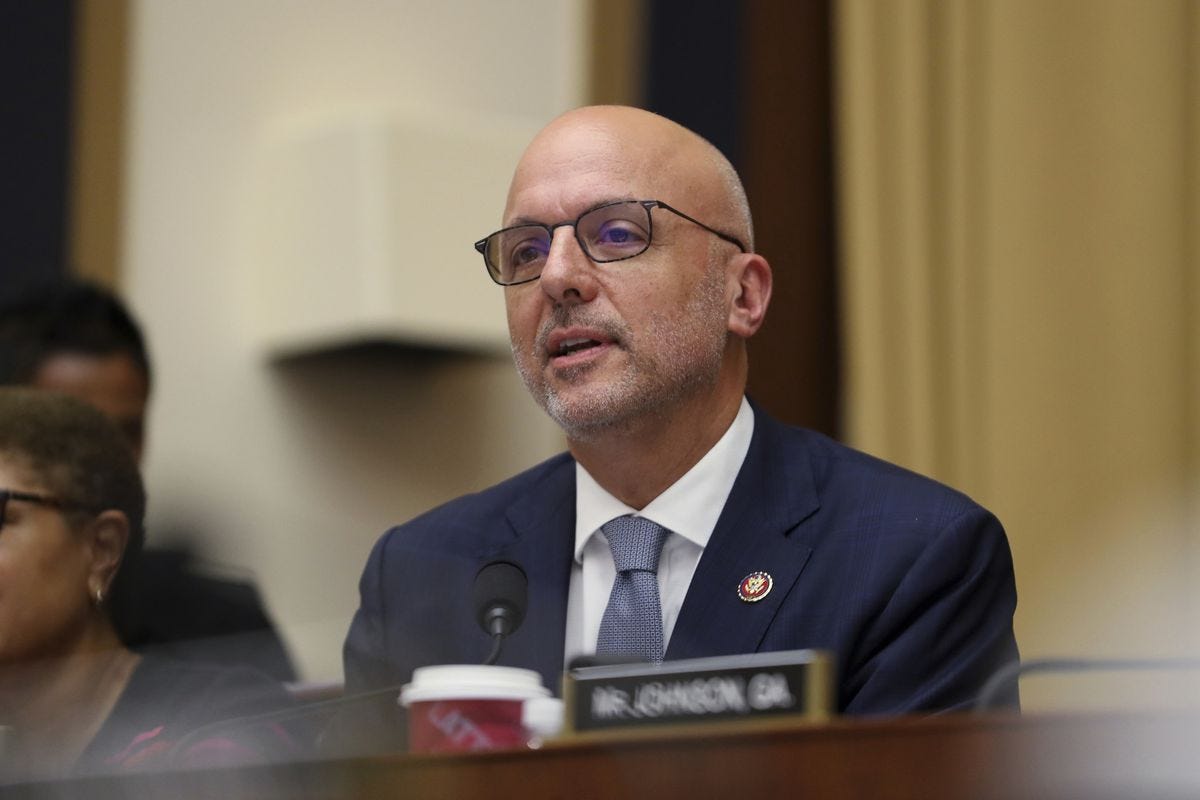Carbon Pricing: The Policy Path for Zero-Carbon
Disincentive carbon by revealing its true cost (plus an Earth Day event!)
I’ve left information about the Earth Day event, of which I’ll be a part, at the bottom of the page.
Last week, US Representative Ted Deutch (FL) and others reintroduced their Energy Innovation and Carbon Dividend Act (EICDA). This is a piece of legislation which aims to limit carbon emissions by enacting additional cost to the act of emitting carbon. A price is introduced, $15 per metric ton of CO2e (carbon dioxide equivalent) in this case, and then increased over time, $10 every year for the EICDA. The principle is simple: because of the threats of climate change and global warming, we want less carbon emissions; so, we disincentivize carbon emissions by increasing their monetary price.
Such a price is needed because environmental pollution, like carbon emissions, is a market failure. We live in a capitalist, market-based economic system. Econ 101 for such a system warns of market failures where the normal incentives and great Invisible Hand of the market simply do not account for the whole picture. In such scenarios, the market fails to adjust behavior how it should and an outside force is required to step in and add a correction. Most often, this takes the form of the government. And when the failure is so globalized, when no solution may be had from stopping, say, one particular factory from polluting one particular river or lake, a general discouragement or halting of the globalized action is required. Enter: carbon pricing.
An important framing when discussing carbon pricing is that an explicit carbon price is only introduced to try to make real an implicit price that is not currently being paid by the producer. When a producer can pollute in a way in which their pollution goes unseen, when they do not have to pay for the damage that pollution is causing, the producer is shirking their costs. They are able to reap the benefits of their product without paying for the full cost which is required to create that product. Forcing the producer to pay the full cost is simply bringing that producer in line with how every other producer operates within the system.
That’s the theoretical justification for such a price, tax, or fee. Fortunately, practicality agrees that upping the material cost of carbon is justified. Economists overwhelming agree that we should significantly increase “the currently near-zero price of emissions of carbon dioxide and other greenhouse gases.” While the existential and moral implications of climate change should be more than enough motivation to act, the threats of climate change are also economic. If we want to prioritize sound economic policy (which I believe most everyone would want to do, ceteris paribus), that means accounting for and addressing climate change. One of the most obvious and effective ways we can do so is to put a price on that act which is causing so much of the change: the emission of carbon.
Continuing with our good fortune, the EICDA is also a broadly favorable bill. Even if people agree with the core idea of a carbon price, there may be other factors that lead to hesitation, like not wanting consumers to bear the brunt of the cost or not wanting to increase the size of government through a tax. The EICDA avoids these worries by utilizing the approach of fee and dividend. By taking all (read: 100%) of the collected revenue from the carbon fee and sending that money back out to American families as a dividend, the EICDA is able to increase the total economic cost of carbon (thereby, discouraging its use) while keeping the burden off of American workers and families.
The Energy Innovation and Carbon Dividend Act is an amazingly powerful tool to help fight climate change by lowering emissions (possibly by 40% by 2030). That is why groups like the Citizen’s Climate Lobby (CCL), a nonprofit, grassroots climate advocacy group, support the bill so strongly. It will not single-handedly solve the problem, but it will be a damn good start.
So, if the EICDA sounds like something you’re interested in, be sure to sign up for this discussion happening on Earth Day, April 22nd. The South Silicon Valley Chapter of CCL, a group of which I am a part, will be hosting a webinar going more into detail about Carbon Fee and Dividend and some of the additional nuances not covered in this piece. I’ll be one of the presenters, too!


